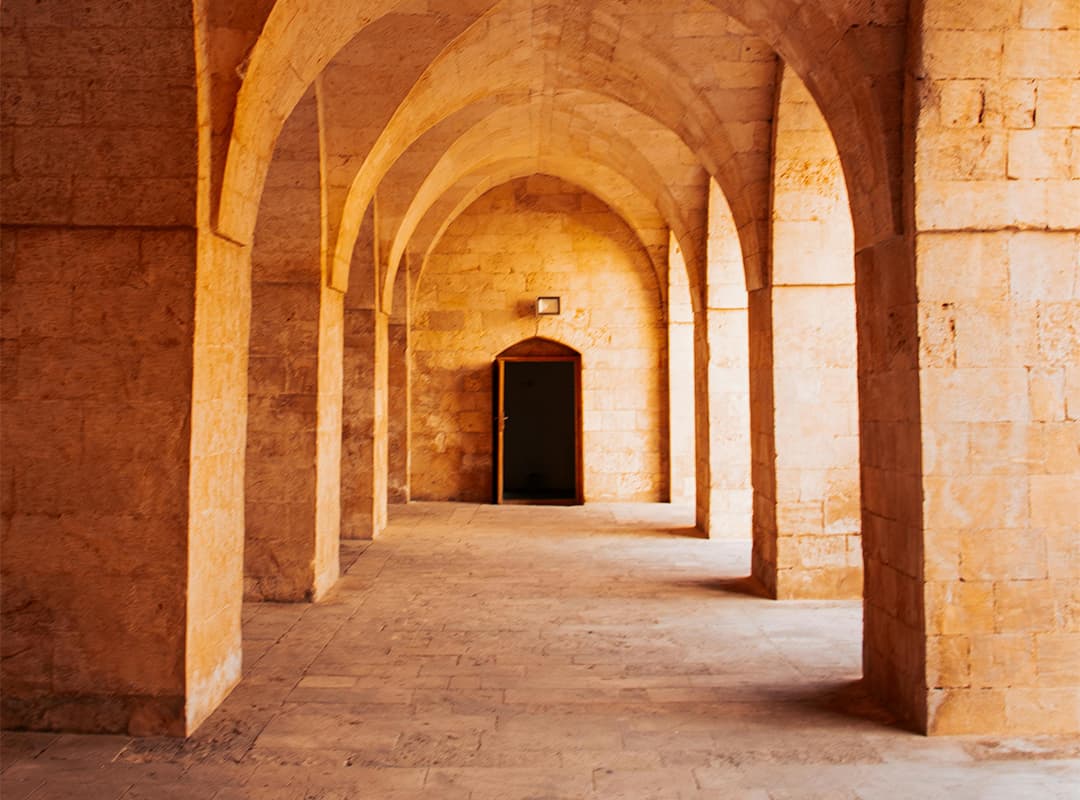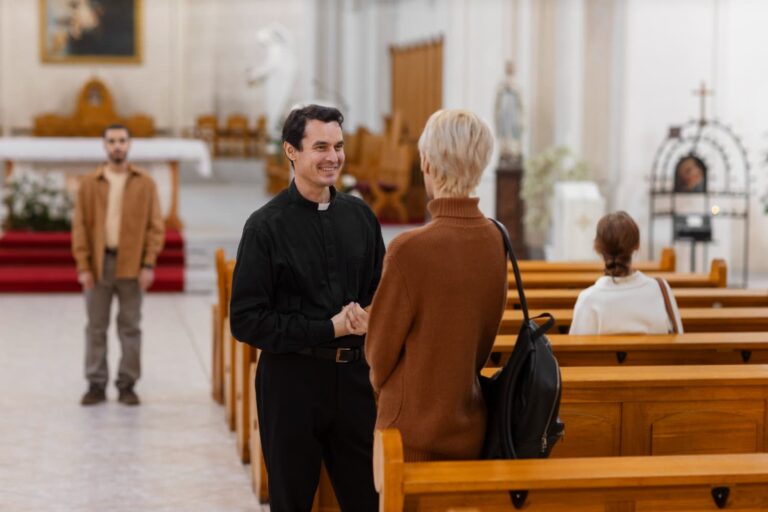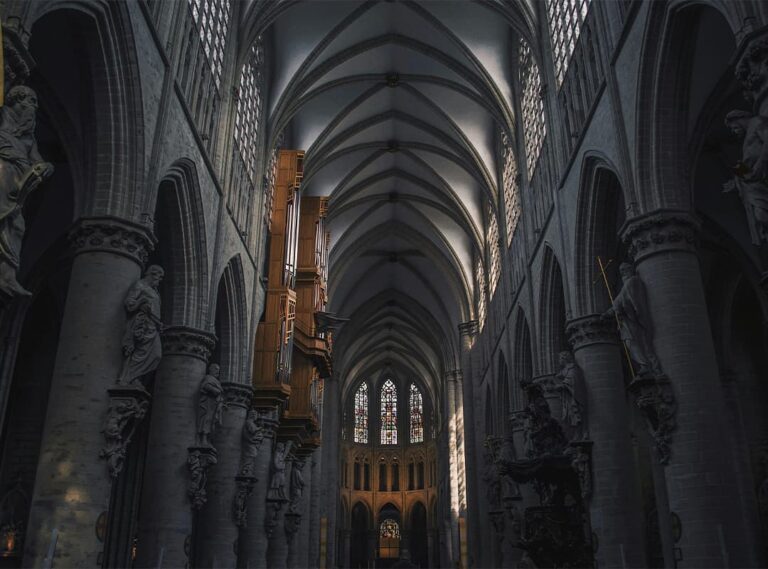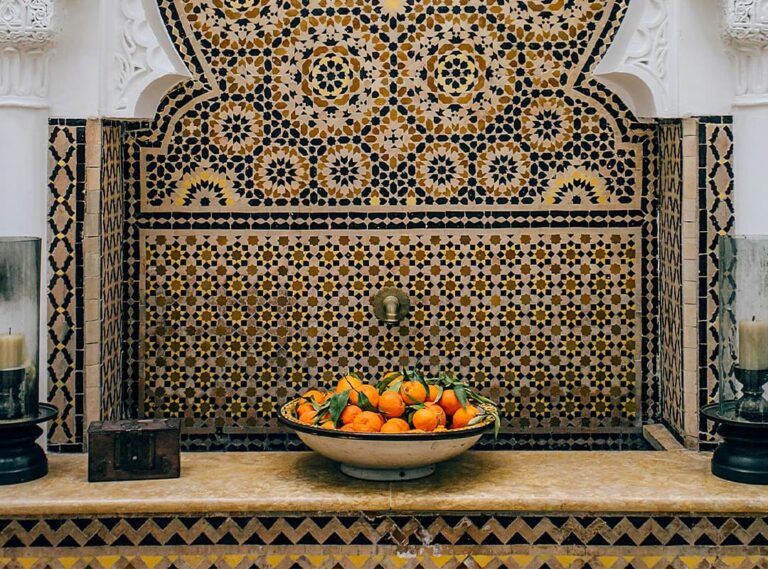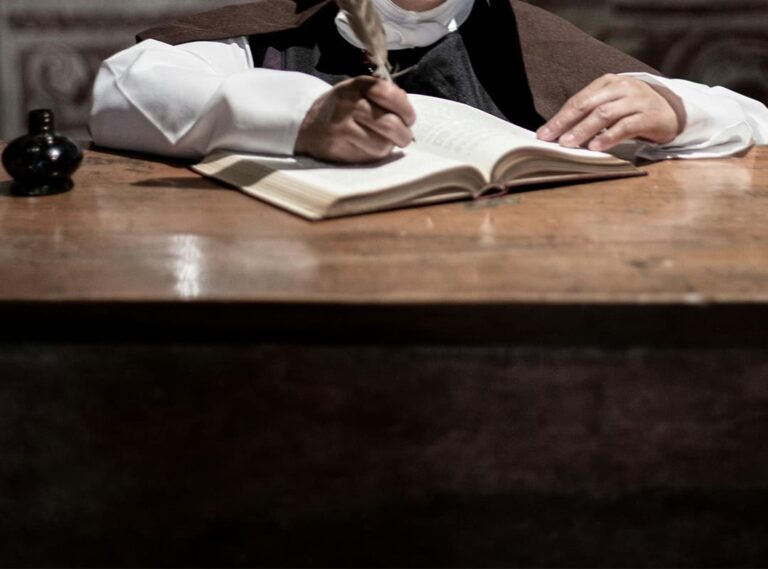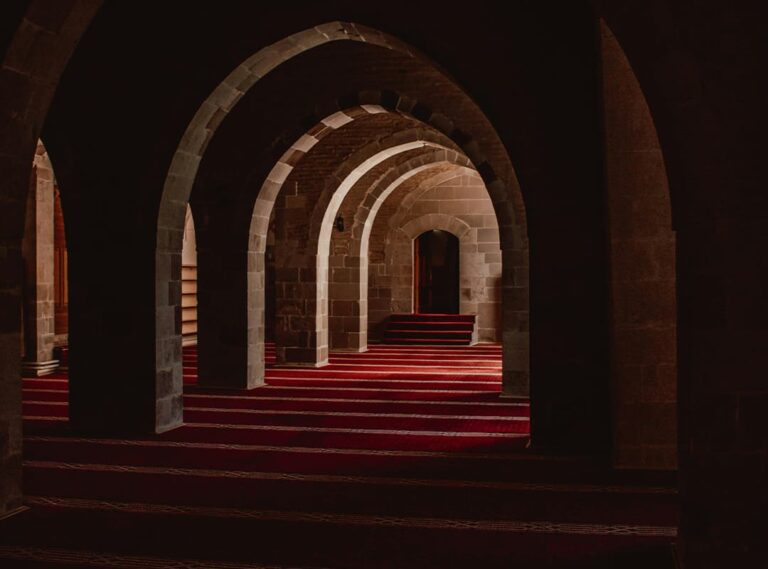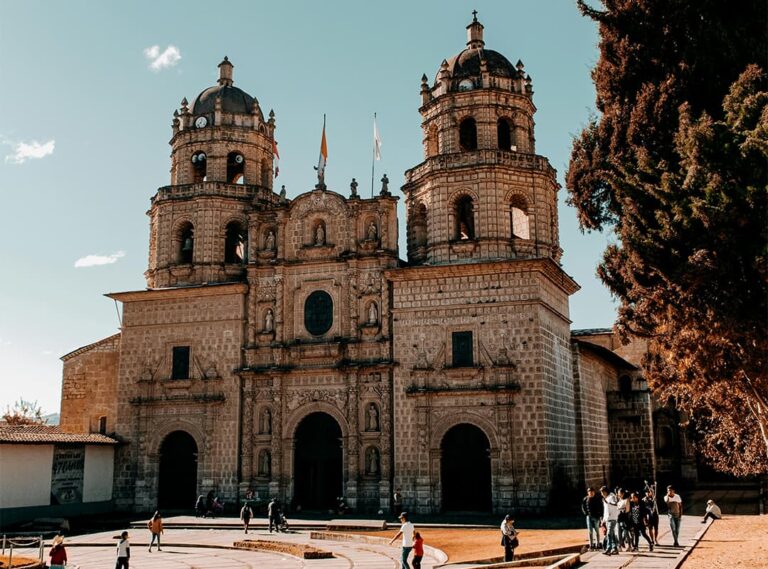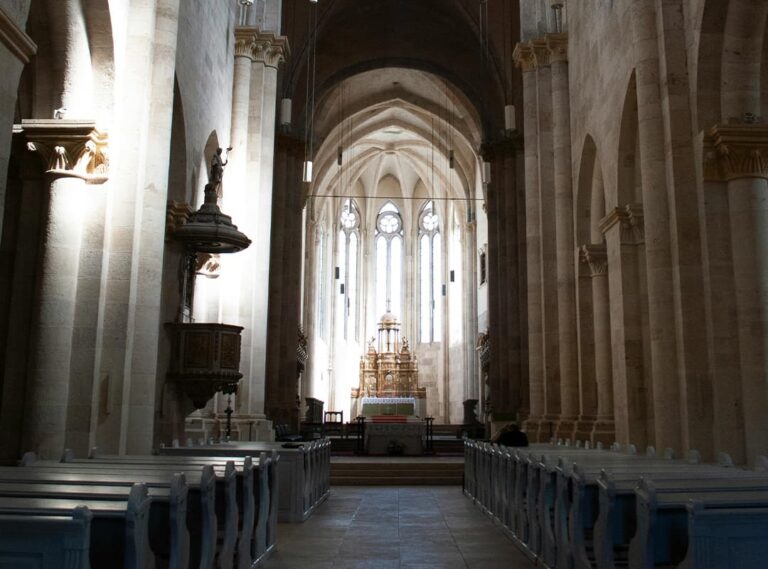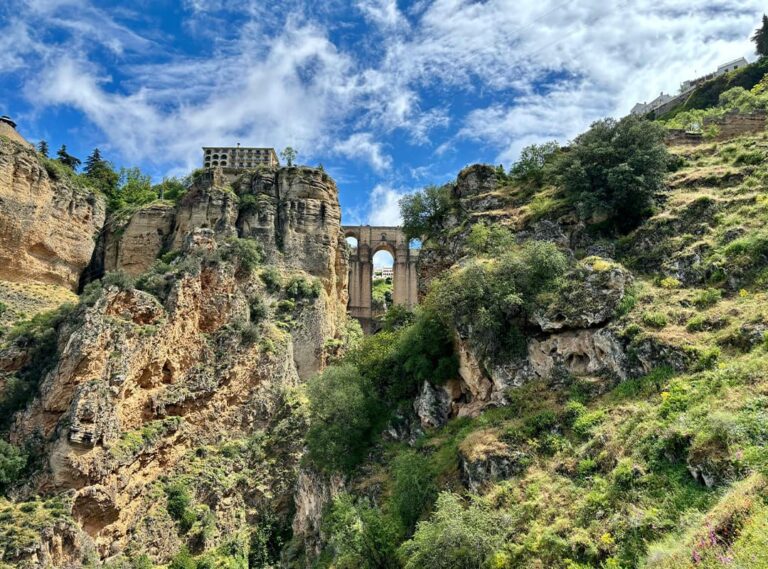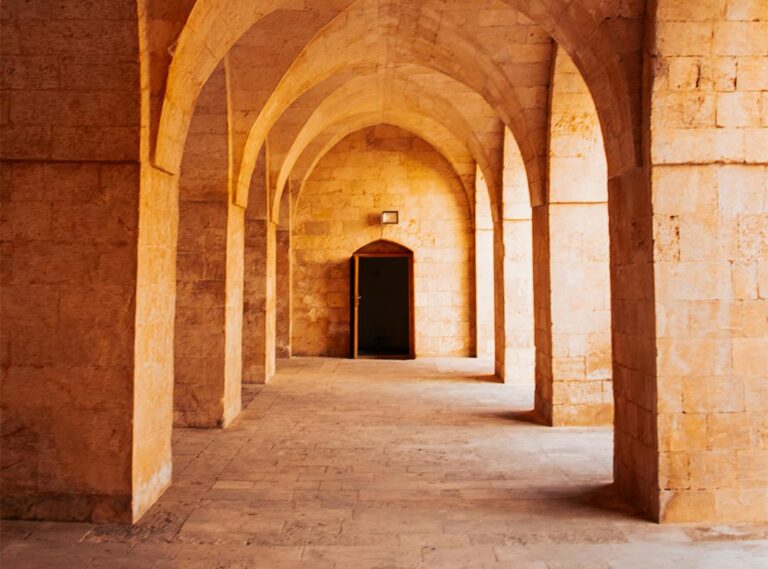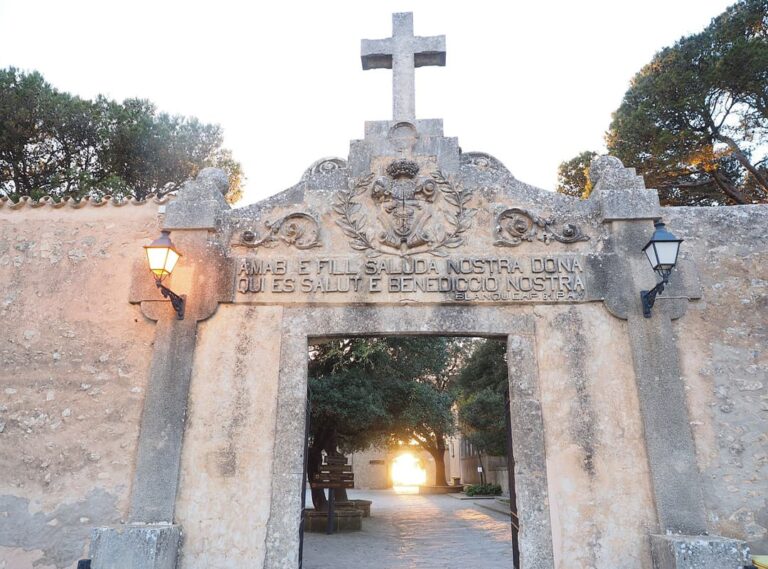Life in a Franciscan monastery is a blend of prayer, work, and community living, all rooted in the spiritual teachings of Saint Francis of Assisi. The daily routine is designed to foster a deep connection with God, nurture fraternity among the brothers, and serve the broader community. This article explores a typical day in the life of a Franciscan monk, highlighting the spiritual practices, communal activities, and the special significance of the Black Madonna Shrine and the Black Madonna and Child icon.
Early Morning: Prayer and Reflection
The day for a Franciscan monk begins early, often before dawn. The first activity is the Liturgy of the Hours, also known as the Divine Office. This series of prayers, psalms, and readings is recited at specific times throughout the day and night, starting with the pre-dawn office called Matins or Vigils.
After Matins, monks gather for Lauds, the morning prayer, which includes hymns, psalms, and a reflection on the Scriptures. This early morning period is a time of silent contemplation, allowing monks to center themselves spiritually before the day’s activities begin.
Morning: Communal Work and Study
Following Lauds, the monks may have breakfast together in silence, often accompanied by a reading from the Rule of Saint Francis or another spiritual text. After breakfast, the monks engage in various forms of communal work. This can include:
- Gardening and Agriculture
- Many monasteries are self-sustaining, relying on the cultivation of their own fruits, vegetables, and herbs. Monks work in the gardens, tending to the plants and ensuring that they have fresh produce for their meals.
- Crafts and Trades
- Some monks may engage in traditional crafts such as woodworking, bookbinding, or icon painting. These activities not only support the monastery financially but also serve as a form of meditative practice.
- Study and Teaching
- Monks dedicate time to studying theology, philosophy, and the writings of Saint Francis. Some may also teach in local schools or offer spiritual guidance to visitors and pilgrims.
Midday: The Eucharist and Fellowship
Around midday, the monks gather for Midday Prayer, another segment of the Liturgy of the Hours. This is followed by the celebration of the Eucharist, the central act of worship in the Franciscan tradition. The Mass is a time for the community to come together in thanksgiving and reflection on the life, death, and resurrection of Christ.
After the Eucharist, monks share a meal together. Unlike breakfast, this meal is often accompanied by conversation and fellowship, strengthening the bonds of fraternity within the community.
Afternoon: Service and Outreach
The afternoon is typically reserved for service to the broader community. This can take many forms, including:
- Pastoral Care
- Monks may visit the sick, elderly, or imprisoned, offering spiritual support and practical assistance.
- Educational Programs
- Many Franciscan monasteries run schools or offer adult education classes, focusing on both spiritual and secular subjects.
- Social Justice Initiatives
- Inspired by the teachings of Saint Francis, monks often engage in social justice work, advocating for the poor and marginalized and addressing issues such as homelessness, addiction, and environmental degradation.
Evening: Reflection and Prayer
As the day winds down, the monks gather once again for evening prayer, known as Vespers. This service includes the chanting of psalms, hymns, and a reading from the Scriptures. Vespers is a time to reflect on the day’s events, give thanks, and seek forgiveness.
After Vespers, the monks have a simple evening meal, followed by Compline, the final prayer of the day. Compline is a quiet, contemplative service that prepares the monks for a restful night. It includes a hymn, psalms, a short reading, and a closing prayer.
Night: Rest and Renewal
The monks retire to their cells for the night, where they have time for personal prayer and reflection before sleep. The cycle of prayer, work, and community life begins anew the next day, each day an opportunity to grow closer to God and live out the Franciscan values of simplicity, humility, and love for all creation.
The Black Madonna Shrine and the Black Madonna and Child
Integral to the spiritual life of many Franciscan monasteries is the veneration of the Black Madonna and Child. The Black Madonna Shrine, located in various parts of the world, is a place of pilgrimage and deep spiritual significance. The Black Madonna and Child icon represents resilience, hope, and the nurturing aspect of the divine. It is a powerful symbol of faith and a source of inspiration and comfort for the monks and the wider community.
In particular, the Black Madonna Shrine serves as a place of prayer and reflection, drawing visitors who seek solace and spiritual renewal. The Black Madonna and Child remind the monks of their commitment to care for the marginalized and to see the face of Christ in all whom they serve.
Life in a Franciscan monastery is a balanced blend of prayer, work, and community, all aimed at fostering a deep spiritual connection and living out the teachings of Saint Francis of Assisi. The daily routine, from early morning prayers to evening reflection, is designed to cultivate simplicity, humility, and love for all creation. The Black Madonna Shrine and the icon of the Black Madonna and Child are central to this spiritual journey, providing inspiration and a profound sense of the sacred. Through their dedicated lifestyle, Franciscan monks continue to embody the timeless values of their founder, offering a beacon of faith and service in the modern world.
